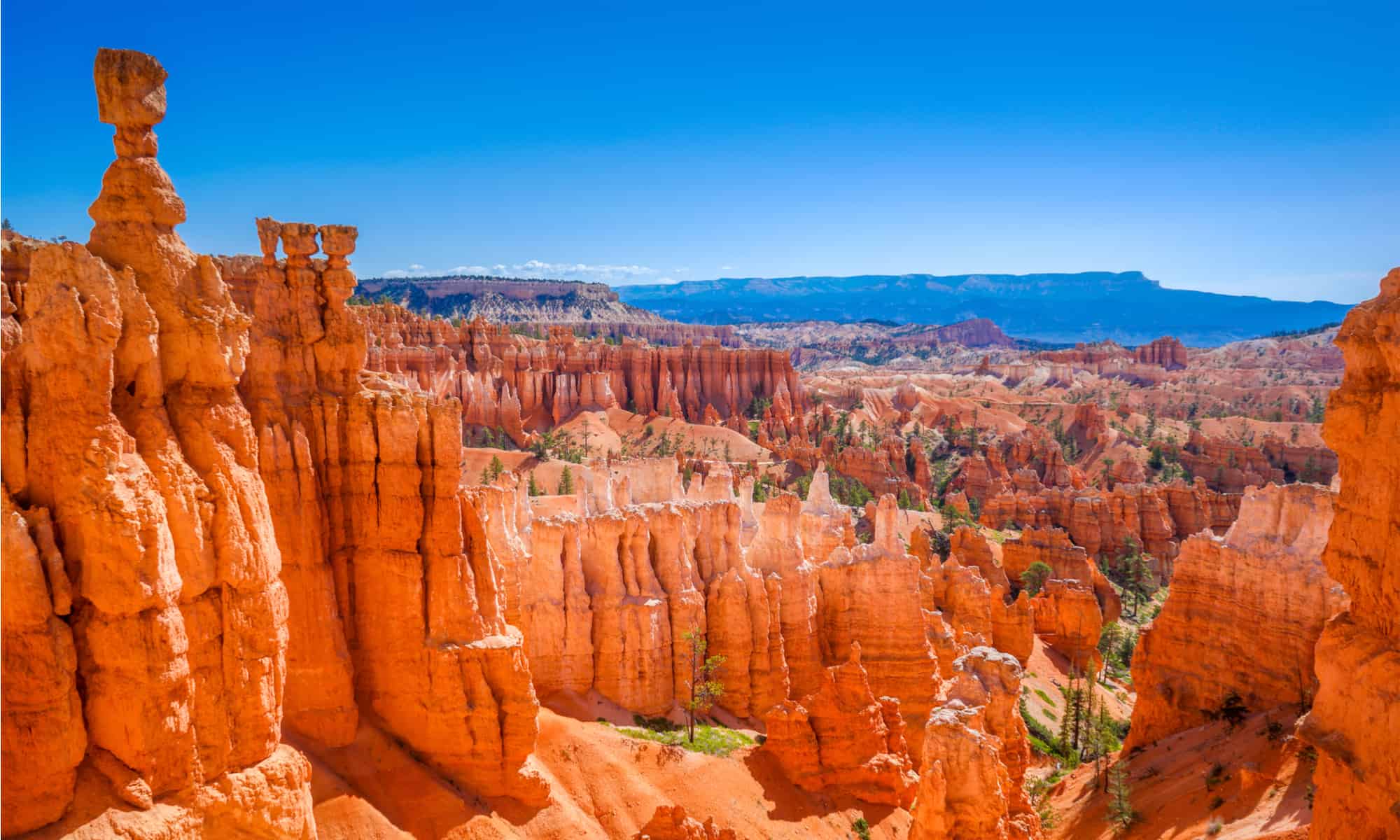Utah is a state renowned for its breathtaking landscapes, rugged terrain, and cultural treasures. Therefore, it holds an allure that extends beyond its borders. Understanding the dimensions of Utah is only a gateway to appreciating the grandeur it offers. Here, we offer an overview of the history and size of the state compared to others.
Forging a Rich Tapestry: Utah’s History Through Time
Utah’s history is a journey that unfolds with tales of indigenous cultures, a pioneering spirit, and cultural diversity. Long before European settlers arrived, the region was inhabited by various Native American tribes, including the Ute, Paiute, and Navajo. These tribes had intricate societies, with a legacy of art, traditions, and a deep connection to the land.
However, the state’s history took a significant turn in the mid-19th century with the arrival of Mormon pioneers led by Brigham Young. Seeking a refuge from religious persecution, they settled in the Salt Lake Valley and established what would become Salt Lake City. Their arrival marked a turning point in Utah’s history, shaping its cultural identity and leaving a lasting impact on its society, architecture, and institutions.
Utah’s history is also intertwined with the broader story of the American West. The state played a crucial role in the expansion of the United States during the 19th century, as well as in the construction of the First Transcontinental Railroad. As a result, the state became a crossroads for trade, migration, and cultural exchange. The construction of iconic sites like the Golden Spike National Historic Site, where the transcontinental railroad was completed in 1869, is significant in recording the history of the state’s pivotal role in connecting the East and West. Therefore, Utah’s history is a mosaic of indigenous legacies, pioneering endeavors, and contributions to the nation’s growth. It makes the state a vital piece of the American narrative.
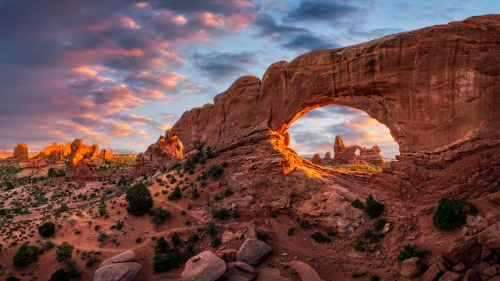
The beautiful state of Utah consists of mountains, deserts, and cities.
©anthony heflin/Shutterstock.com
Cultural Treasures and Spiritual Landscape
Utah’s cultural significance lies not only in its history but also in its modern-day contributions to art, education, and spirituality. The state is home to a unique blend of cultures, with a strong influence from the Mormon settlers who first colonized the region. The iconic Salt Lake Temple, located at the heart of Salt Lake City, is not only a symbol of the Church of Jesus Christ of Latter-day Saints but also a cultural landmark that draws visitors from around the world. The state’s commitment to preserving its history is evident in Temple Square. This is where historical buildings and gardens stand as a testament to its heritage.
Furthermore, its breathtaking landscapes have captivated artists and creators for generations. The state’s red rock formations, national parks, and expansive vistas have provided inspiration for writers, painters, photographers, and filmmakers alike. Its unique geological formations, such as those found in Zion and Bryce Canyon National Parks, showcase the beauties of nature.
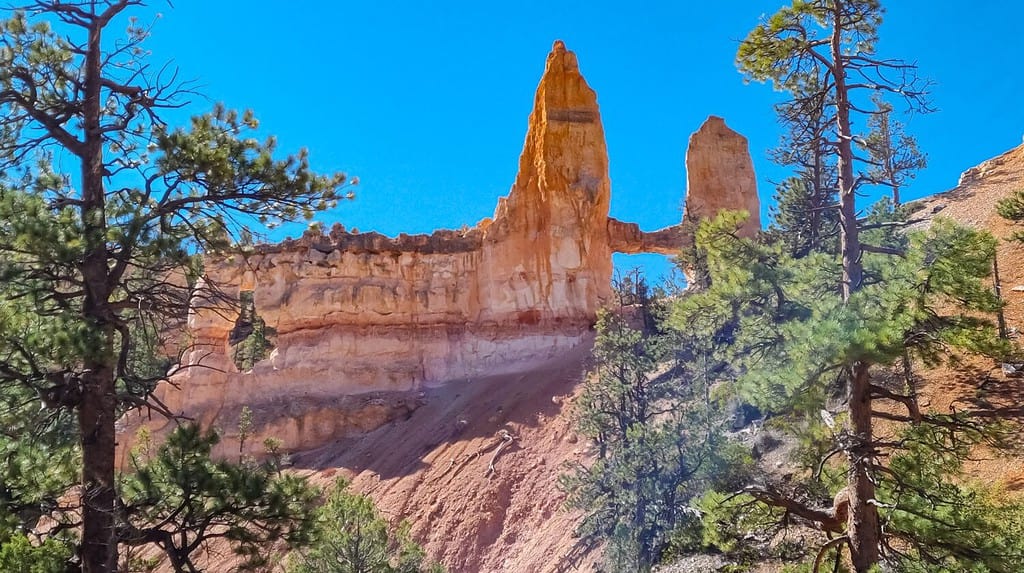
The Hoodoo Rock Formation called Tower Bridge is on Fairyland Trail in Bryce Canyon National Park in Utah.
©Christopher Moswitzer/Shutterstock.com
How Big Is Utah?
The size of a state can provide a tangible grasp of its expanse, particularly when considering its vast natural wonders. Below is a table showing the size of Utah in different metrics:
| Measurement | Acres |
|---|---|
| Acres | 54,335,360 |
| Square Miles | 84,899 |
| Square Kilometers | 219,887 |
How Big Is Utah Compared to Other States?
As mentioned earlier, Utah, with its diverse landscapes and iconic natural wonders, is a testament to the grandeur of the American West. Understanding the state’s size in comparison to other states provides valuable insights into its place within the United States.
With an area of approximately 84,899 square miles, Utah ranks as the 13th largest state in the United States. While not among the largest states, its relatively modest size belies the vast array of geographical features it encompasses, from soaring mountain ranges to red rock formations.
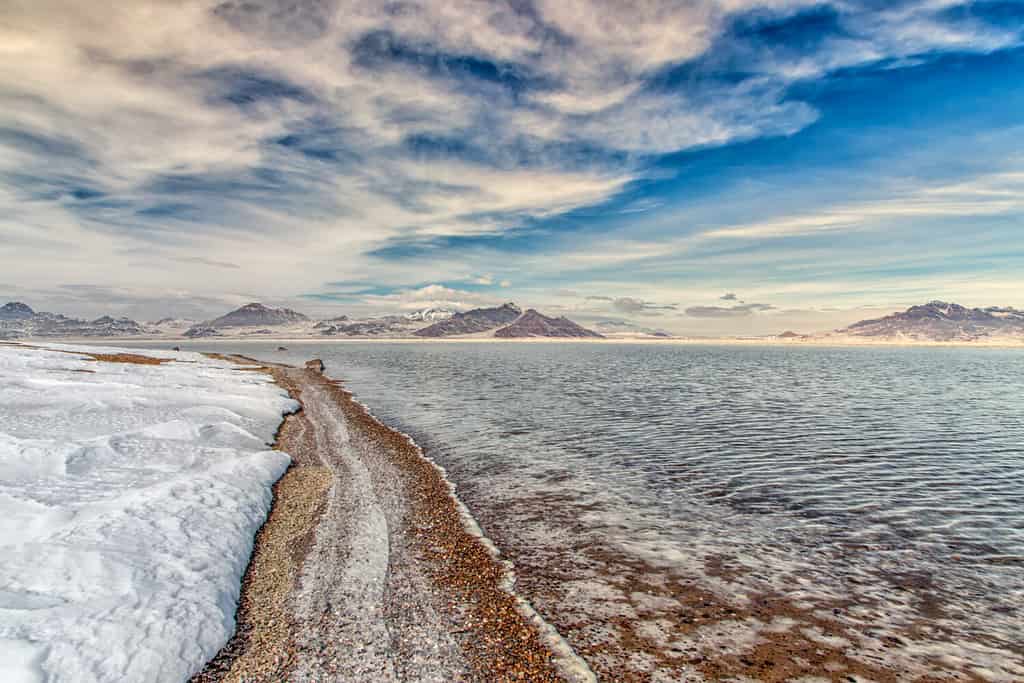
Bonneville Salt Flats which were flooded by the winter rains in Utah.
©Ken Wolter/Shutterstock.com
To truly grasp the extent of Utah’s size, let’s consider a few intriguing comparisons with other states:
Alaska
Comparing Utah’s area to that of Alaska, the largest state in the U.S., highlights the stark differences in land size. Alaska’s area spans approximately 665,200 square miles, illustrating the incredible variability within the country’s geography. Alaska is 8 times bigger than Utah.
Texas
Texas, known for its vast expanses, covers around 268,597 square miles. When juxtaposed with Texas, Utah’s size appears more modest. This is because Texas is 3.2 times bigger than Utah!
Rhode Island
On the opposite end of the spectrum, Rhode Island, the smallest state, spans about 1,214 square miles. Comparing Utah to Rhode Island, we can see that Utah is an astounding 70 times larger than Rhode Island!
| Comparison | Area (Square Miles) | Area Rank Among U.S. States |
|---|---|---|
| Alaska (Largest) | 665,200 | 1 |
| Texas (Second Largest) | 268,597 | 2 |
| Utah (13th Largest) | 84,899 | 13 |
| Rhode Island (Smallest) | 1,214 | 50 |
From this comparison, we can see that Utah ranks as the 13th largest state in the United States in terms of area. While it might not claim the title of the largest state, its significant expanse is a testament to the diversity in its borders.
Utah’s Unique Landscape
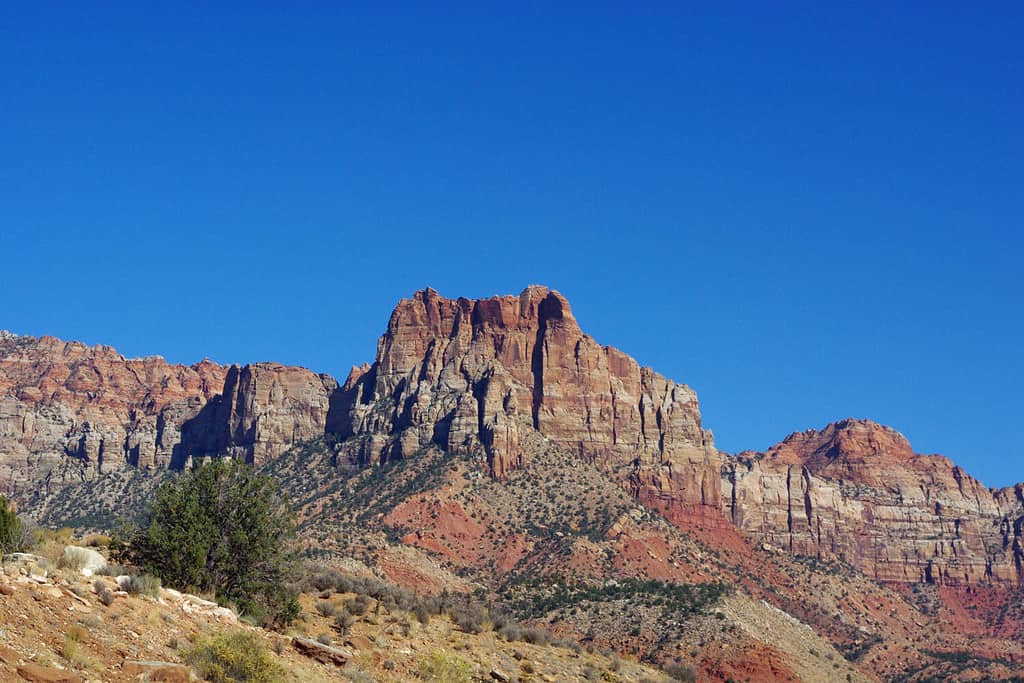
Red rocks are near Santa Clara, Utah.
©Claudio Del Luongo/Shutterstock.com
Utah’s relatively smaller size is an advantage when exploring its natural wonders. With stunning national parks, including Arches and Zion, packed within its borders, Utah offers a concentration of geological marvels that few other states can match.
Utah’s geographical diversity sets it apart. It is home to some of the country’s most iconic landscapes, such as the intricate slot canyons of Antelope Canyon and the unparalleled beauty of Monument Valley. This showcases that Utah’s significance lies beyond mere size.
Putting Utah’s Size into Context
When compared to other states, Utah does not fall among one of the biggest states, but it varies a lot across the state in terms of culture, topography, and diversity.
Utah’s Natural Diversity
Despite its relatively smaller size, Utah boasts an array of geological wonders, from the red rock formations of Arches National Park to the majestic peaks of the Wasatch Range. Its compact size makes sure that visitors can explore an incredible variety of landscapes in a single journey.
Utah’s Distinct East-West Span
Spanning approximately 350 miles from its eastern border to the western edge, Utah showcases a diverse array of ecosystems, from the high desert of the Colorado Plateau to the alpine environments of its mountain ranges.
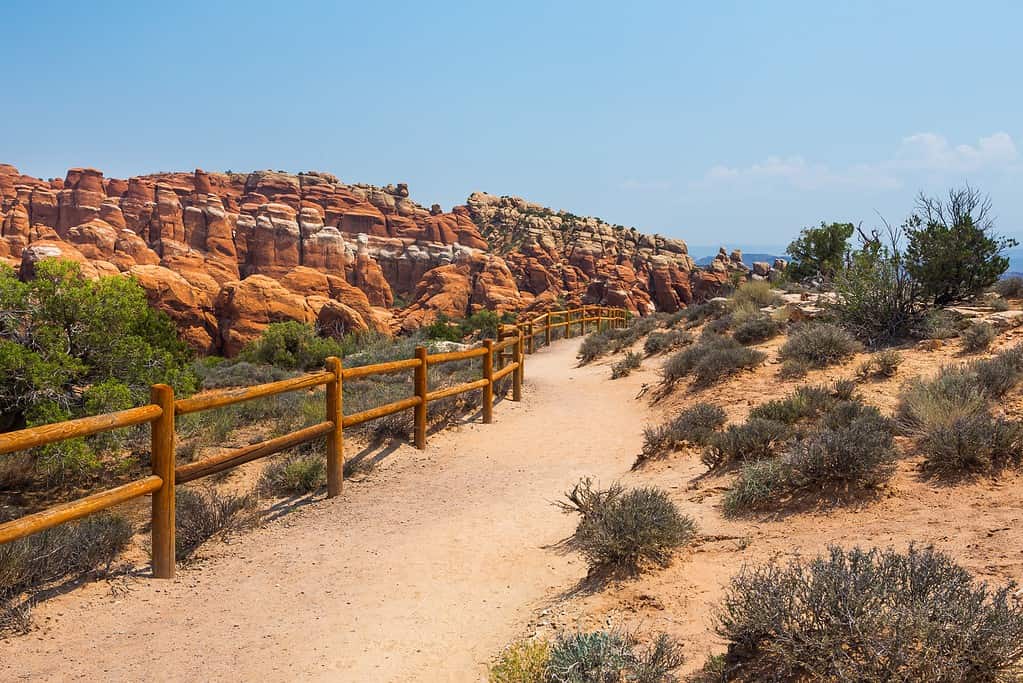
The Fiery Furnace viewpoint trail in the Arches National Park, Utah.
©Victoria Ditkovsky/Shutterstock.com
Utah’s North-South Span
From its northern border to its southern tip, Utah spans around 270 miles. This vertical expanse encapsulates a range of climates, from the cooler mountain regions to the warmer desert landscapes.
Utah’s Monumental National Parks
Utah is home to extraordinary national parks, including Zion, Bryce Canyon, and Capitol Reef. As mentioned before, the state’s relatively smaller size makes it possible to experience these natural wonders within a relatively compact travel itinerary.
In conclusion, the state’s dimensions offer a captivating glimpse into the state’s remarkable size and diversity. Utah’s scale extends beyond numbers. It represents a mosaic of landscapes that captivate the imagination. Through comparisons with other states and a closer examination of its unique geographical features, the state’s allure becomes even more apparent. This is because it is able to capture so much natural beauty within a smaller size.
Whether visitors are standing in awe of its red rock formations or basking in the splendor of its mountainous vistas, they have a deeper appreciation for all the natural wonders it holds and the role it plays within the expansive geography of the United States.
Thank you for reading! Have some feedback for us? Contact the AZ Animals editorial team.

